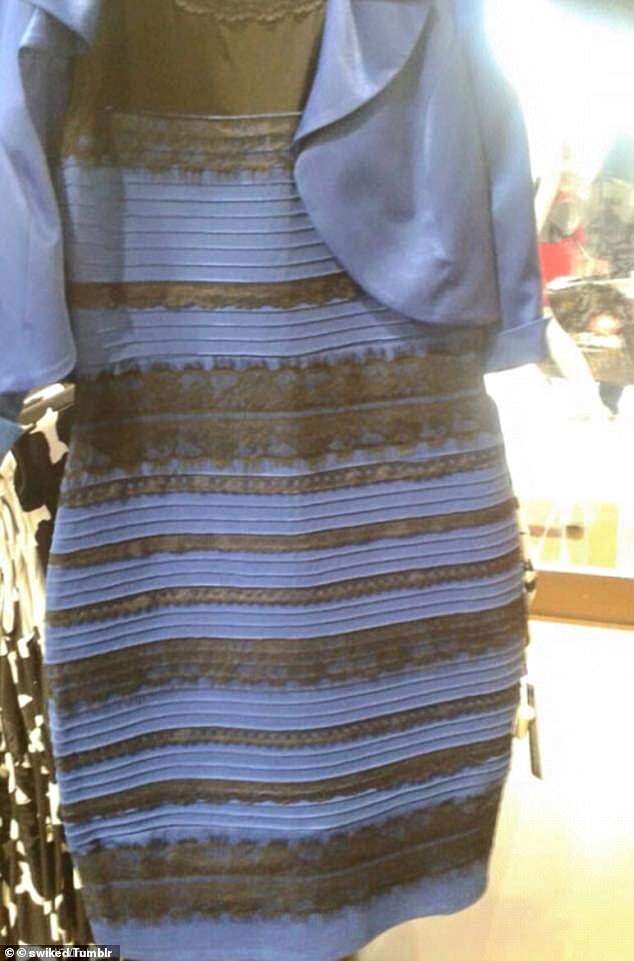
10 Years of ‘The Dress’: The Viral Illusion That Split the World and Redefined Perception
The Dress That Broke the Internet: A 10-Year Reflection
On February 26, 2015, a simple photo of a dress sparked a global debate. Posted to Tumblr by Scottish musician Caitlin McNeill, the £50 Roman Originals garment became an overnight sensation. Millions disagreed: Was it blue and black or white and gold? Celebrities like Taylor Swift, Kanye West, and Kim Kardashian joined the frenzy, dubbing it "The Dress That Broke the Internet."
The Viral Journey
The dress was initially photographed by Cecilia Bleasdale, who bought it for her daughter Grace’s wedding. When Grace saw the photo, she argued it looked white and gold, not the blue and black her mother saw. After the wedding, McNeill re-shared the image on Tumblr, where it exploded. BuzzFeed and The Washington Post amplified the debate, and by the next day, #TheDress dominated Twitter.

The dress that divided the internet: Is it blue and black or white and gold? (Image: Daily Mail)
Celebrity Reactions
Stars fueled the fire. Justin Bieber insisted it was "blue and black," while Kim Kardashian saw "white and gold." Taylor Swift tweeted, "PS it’s OBVIOUSLY BLUE AND BLACK." The couple from the wedding even appeared on The Ellen Show, and Roman Originals auctioned a white-and-gold replica for charity, capitalizing on the 3.6 million website visits in 48 hours.

Taylor Swift and Kim Kardashian famously disagreed on the dress’s colors. (Image: Daily Mail)
Science Behind the Illusion
The dress’s true colors—blue and black—were confirmed by retailers, but the photo’s ambiguous lighting tricked brains worldwide. Scientists explained that perception depends on how we interpret light. A 2017 study suggested early risers (exposed to daylight) saw white and gold, while night owls (in artificial light) saw blue and black. Neuroscientist Pascal Wallisch noted shadows appear blue, so our brains adjust accordingly, altering perceived colors.

How lighting influences perception: Blue/black vs. white/gold interpretations. (Image: Daily Mail)
Legacy of Optical Illusions
The Dress paved the way for viral debates. In 2017, sneakers stumped users: Were they pink/white or gray/blue? The "Jastrow illusion" (2016) made identical train tracks seem mismatched. In 2021, purple bars sparked disputes over shade counts. Another illusion used a cyan filter to make gray strawberries appear red, and the "expanding hole" fooled brains into perceiving motion.

Shoes that sparked a 2017 debate: pink/white or gray/blue? (Image: Daily Mail)
Why We See Differently
Experts emphasize color is a mental construct. Dr. Paul Knox stated, “Different wavelengths exist, but color is made in our heads.” Factors like screen settings, ambient light, and even cone cells in eyes affect perception. Tetrachromats (mostly women) see more colors, while color-blind individuals lack certain cones.
A decade later, The Dress remains a cultural touchstone, reminding us that perception is uniquely personal—and delightfully puzzling.

Gray strawberries appear red due to a cyan filter. (Image: Daily Mail)
Final Thought
As optical illusions continue to captivate, they reveal the fascinating complexity of human vision. The Dress’s legacy? Proof that sometimes, there’s no right answer—just endless wonder.
(Word count: ~600)


